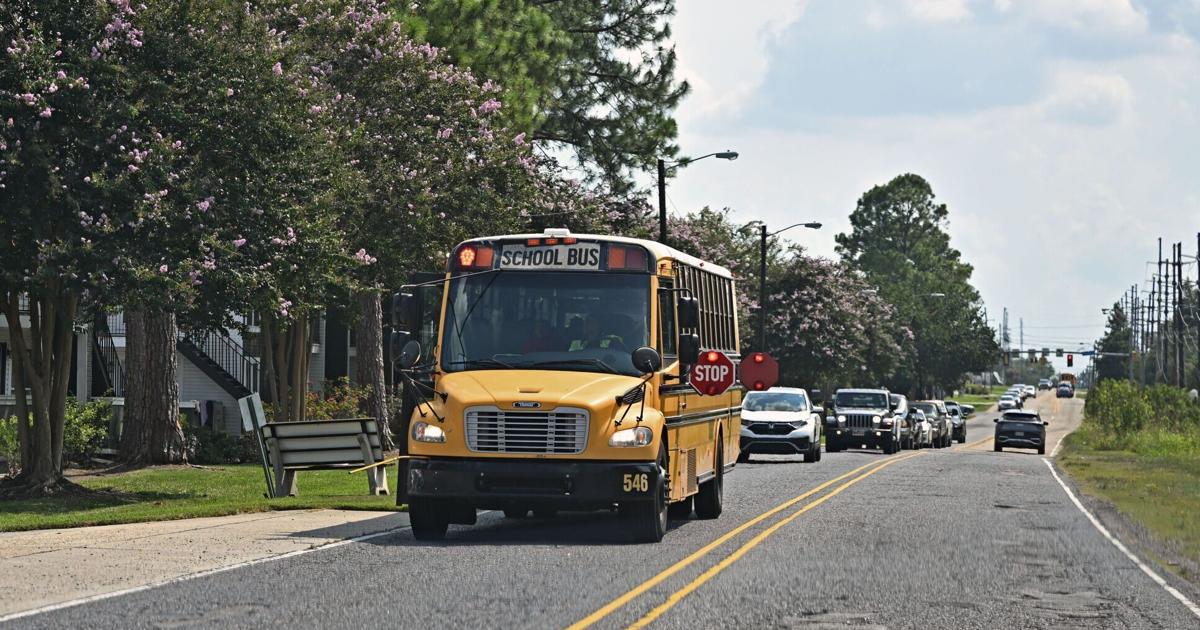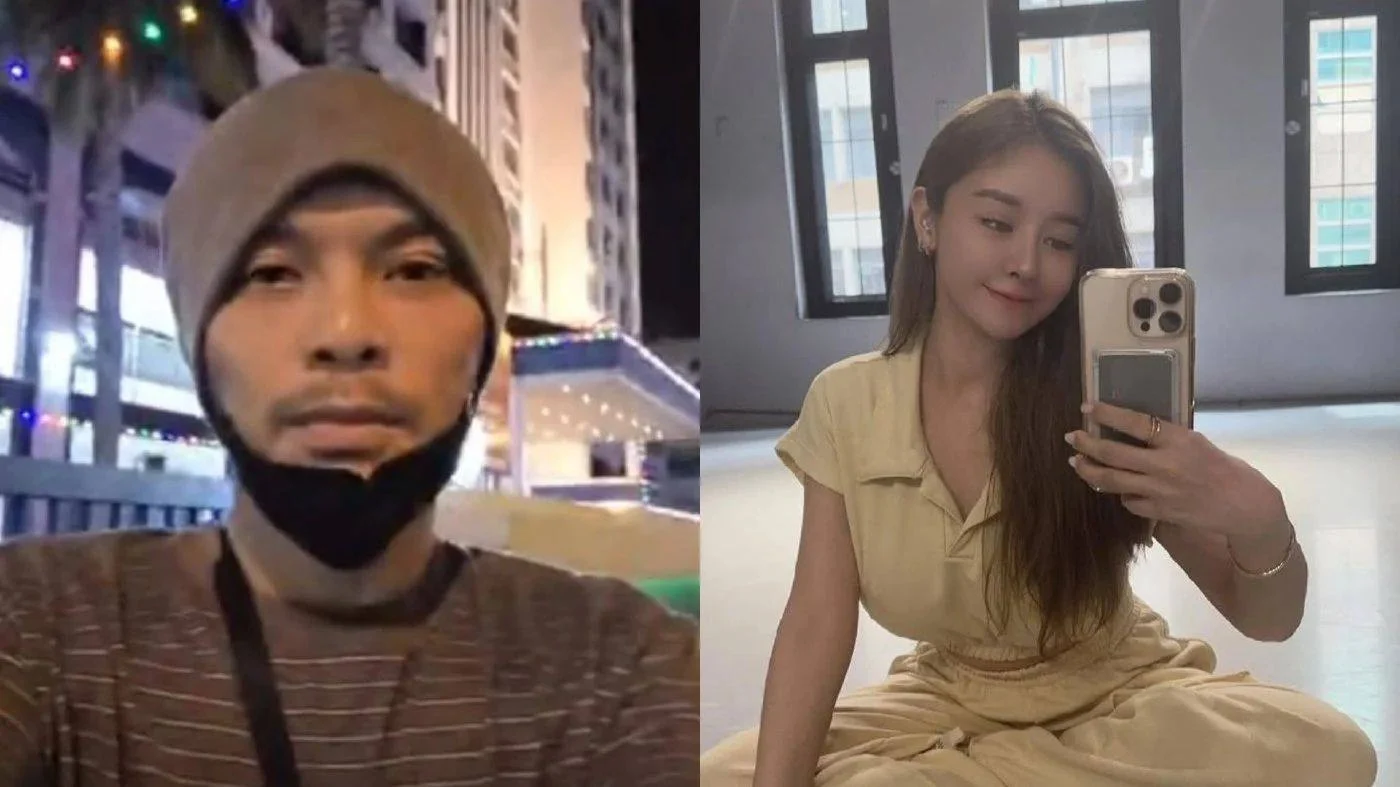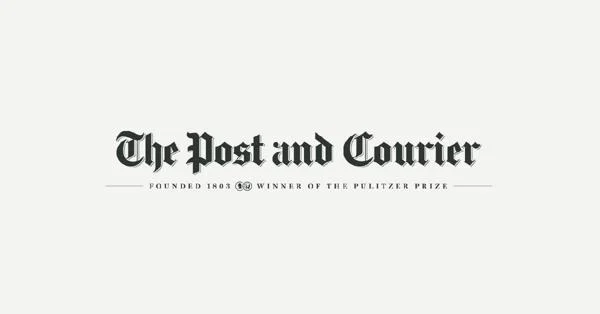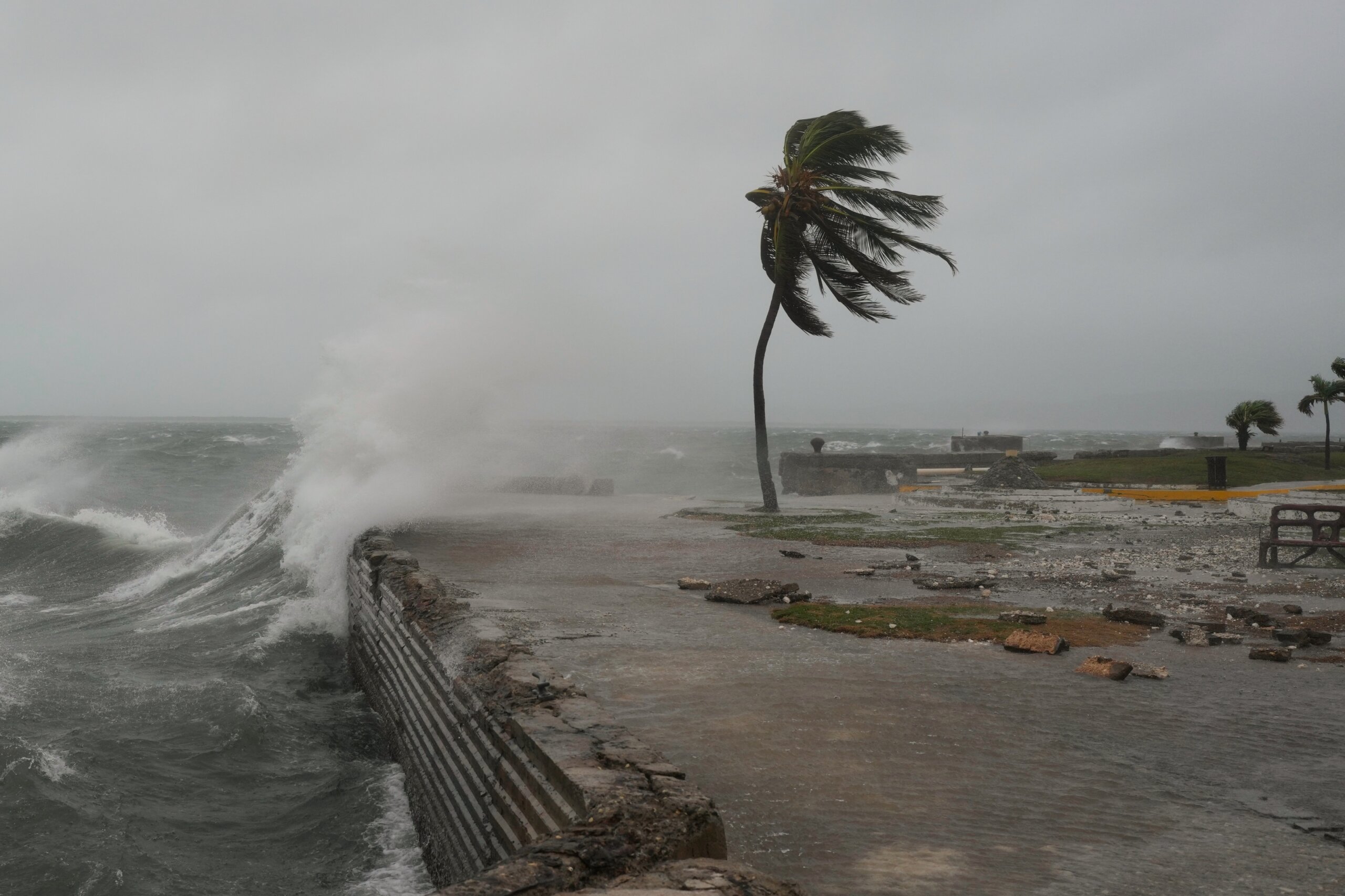Copyright Forbes

The Department of Education completed a key step last week in implementing new regulations governing student loans. This will ultimately bring major changes to loan disbursement, repayment, and student loan forgiveness much closer to becoming reality. Last Thursday, the department completed a second and final negotiated rulemaking session to implement the student loan provisions of the One Big, Beautiful Bill Act that President Donald Trump signed into law last summer. Negotiated rulemaking is process by which a committee of stakeholders meet to review proposed Education Department regulations that would provide more granular details on how legislative reforms will be enacted. The programmatic changes under the bill will start to take effect next year, and will impact nearly every student loan borrower and college-bound family. “Under President Trump’s OBBBA, the Department’s rulemaking will eliminate the Grad PLUS program, which has fueled unsustainable student loan borrowing, cap Parent PLUS Loans, sunset the confusing maze of student loan repayment plans created by the Obama and Biden Administrations, and create a new and simplified Repayment Assistance Plan (RAP)," said the Department of Education in a summary last Thursday. “We appreciate the committee’s efforts to assist the Department in implementing President Trump’s One Big Beautiful Bill Act, which will simplify our complex student loan repayment system and better align higher education with workforce needs,” said Under Secretary of Education Nicholas Kent in an accompanying statement. “The consensus language agreed upon by the negotiators today will help drive a sea change in higher education by holding universities accountable for outcomes and putting significant downward pressure on the cost of tuition. This will benefit borrowers who will no longer be pushed into insurmountable debt to finance degrees that do not pay off.” But critics have argued that the changes to student loans, which are the most significant in a generation, will be detrimental to borrowers and families, leading to higher monthly payments, narrower student loan forgiveness pathways, and more limited options to pay for higher education. MORE FOR YOU Changes To Borrowing Limits For Student Loans The reforms under the One Big, Beautiful Bill Act will substantially change how prospective students and their families pay for higher education. Entire federal student loan programs will be eliminated under the bill, and others will be limited or capped. In particular, the bill, referred to as OBBBA, will phase out the Graduate PLUS program, a federal student loan program that provided financing to graduate and professional students (such as those attending medical school or law school). “Beginning in July 2026, the OBBBA caps annual loans for new borrowers at $20,500 for graduate students ($100,000 aggregate limit), and $50,000 for professional students ($200,000 aggregate limit) – a term the committee defined consistent with existing regulatory text,” said the Education Department in its summary. "Previously, graduate students could borrow up to the cost of attendance, which led institutions to offer expensive graduate programs with a negative return on investment.” The OBBBA will also impose borrowing limits on the Parent PLUS program, which allows parents to take out student loans in their own name to help pay for the cost an undergraduate education for their child. But critics have argued that these changes will not bring down the cost of higher education, and will leave many Americans (particularly those with lower incomes) with fewer options to get a college or professional degree. “The consequences for students, borrowers, and institutions will be dire, impacting college access and affordability for generations to come,” said The Institute for College Access and Success, or TICAS, in a blog post this summer. “Students, especially those from low-income backgrounds, will have fewer options to finance their education” “Gutting the Graduate PLUS loan program and limiting access to Parent PLUS loans” will push “families into predatory private debt or out of higher education entirely,” warned Protect Borrowers in a statement in July. Changes To Repayment Options For Student Loans The implementation of the OBBBA will also dramatically change repayment options for student loans by eliminating several current income-driven repayment options and replacing them with a new program. “The Big Bill instructs the Department of Education to eliminate the PAYE, ICR, and SAVE plans by July 1, 2028 – and it could happen sooner,” said the National Consumer Law Center in a blog post form this summer outlining the changes. “For most borrowers, the required monthly payments in these plans will be significantly higher than payments in the SAVE Plan. This will therefore be an expensive change for many borrowers to deal with.” The IBR plan will be preserved for current student loan borrowers under the OBBBA, as is student loan forgiveness after 20 or 25 years under that plan. But anyone who takes out new student loans on or after July 1, 2026 (or consolidates their existing student loans through the Direct loan program on or after that date) would lose access to IBR as well as the legacy Extended and Graduated repayment plans. Starting in July of next year, new borrowers’ only repayment options will be a tiered Standard repayment plan and a new income-driven option called the Repayment Assistance Plan, or RAP. In many cases, RAP turns out to be more expensive than the plans being phased out, particularly SAVE and PAYE. And while RAP may have lower payments than IBR for some borrowers, and also features a beneficial interest subsidy, borrowers won’t qualify for student loan forgiveness until after 30 years in repayment under RAP. And it has other elements that critics have argued will harm borrowers. For example, unlike existing income-driven plans, RAP will have no income protection feature, and no exemption for borrowers earning little or no income. “RAP will require payments from even those earning far below the poverty level (the current federal poverty level for an individual is $15,650.),” said TICAS in a subsequent blog post. “This will likely drive many more borrowers into loan default.” In addition, Parent PLUS borrowers won’t qualify for RAP, and could be cut off from all income-driven repayment (and associated student loan forgiveness options) unless they consolidate their loans before next summer, enroll in the ICR plan, and then subsequently switch to IBR. For current borrowers who have only student loans (not Parent PLUS loans), the Education Department confirmed that they will be free to switch between IBR and RAP, as long as they don’t consolidate or take out new federal student loans on or after July 1 of next year. However, leaving the IBR plan can result in interest capitalization. When Overhaul Of Student Loans Begins The changes under the OBBBA will be phased in over the next several years. Certain changes, such as tweaks to the IBR plan, are supposed to go into effect immediately but have been delayed due to Education Department implementation issues. “The Department will begin drafting an NPRM for publication in the Federal Register for public comment,” said the department in its statement last week explaining next steps for the negotiated rulemaking process. “This negotiated rulemaking session is the second of several negotiating rulemaking proceedings planned by the Trump Administration to reform and streamline regulations in postsecondary education.” The first set of significant changes, including the rollout of RAP, the Parent PLUS “cliff” for income-driven repayment access and student loan forgiveness, and the beginning of new limitations on new disbursements of student loans and Parent PLUS loans, begins on July 1, 2026. Other elements of the bill will be phased in through 2027 and 2028.



